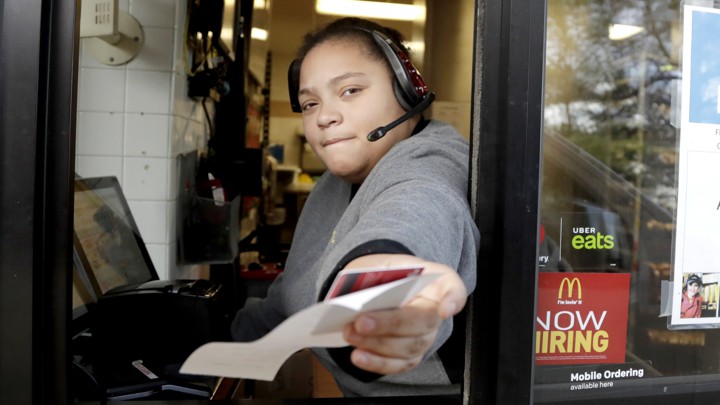The American System of Tipping Makes No Sense
$1.50, according to typical online guides for foreign travelers in America
$2.00 at least, according to The Washington Post
$3.00 for sure, according to The New York Times
I have no confidence that anything I write here will persuade readers to increase or decrease their average tip. To me, the range of answers raises a larger question: Why are we still crowdfunding worker salaries when tippers so clearly do not know what the hell they’re doing?
The history of tipping isn’t well documented, but it’s thought that aristocrats in England kicked the whole thing off when they started leaving hoteliers a little something extra on the way out. The practice then spread to the rest of Europe and the United States in the 1700s. While Europe’s political revolutions in the 19th century mostly did away with the custom, tipping persisted west of the Atlantic. Gratuity took hold in U.S. restaurants and barbershops and shoeshine stands and everywhere else where American customers could be made to feel, briefly, like a pampered aristocrat.
The history of tipping isn’t well documented, but it’s thought that aristocrats in England kicked the whole thing off when they started leaving hoteliers a little something extra on the way out. The practice then spread to the rest of Europe and the United States in the 1700s. While Europe’s political revolutions in the 19th century mostly did away with the custom, tipping persisted west of the Atlantic. Gratuity took hold in U.S. restaurants and barbershops and shoeshine stands and everywhere else where American customers could be made to feel, briefly, like a pampered aristocrat.

No comments:
Post a Comment